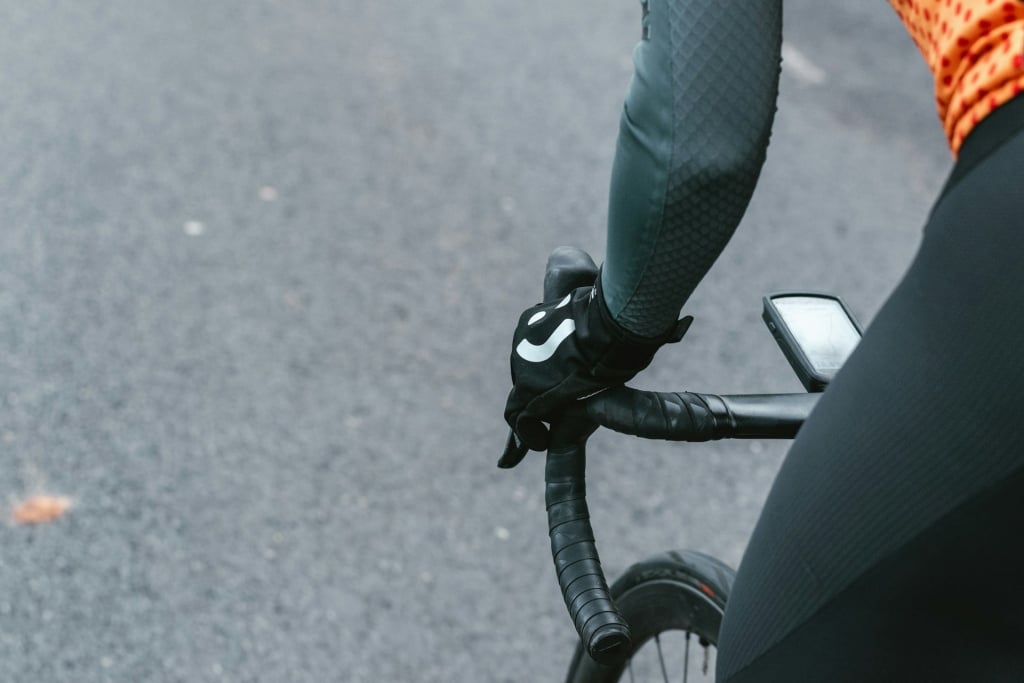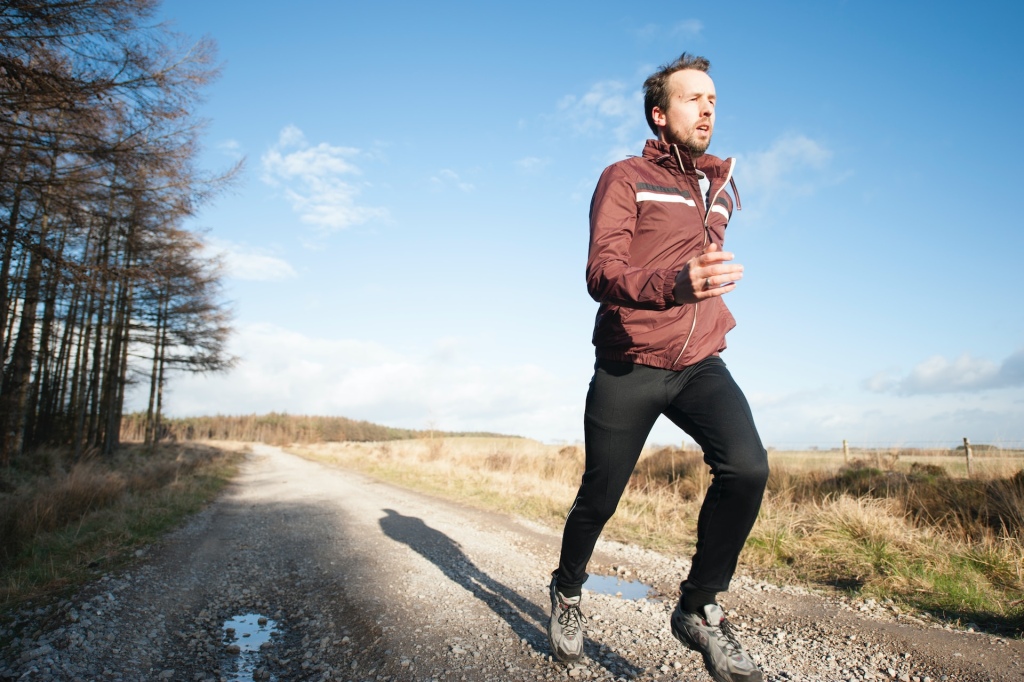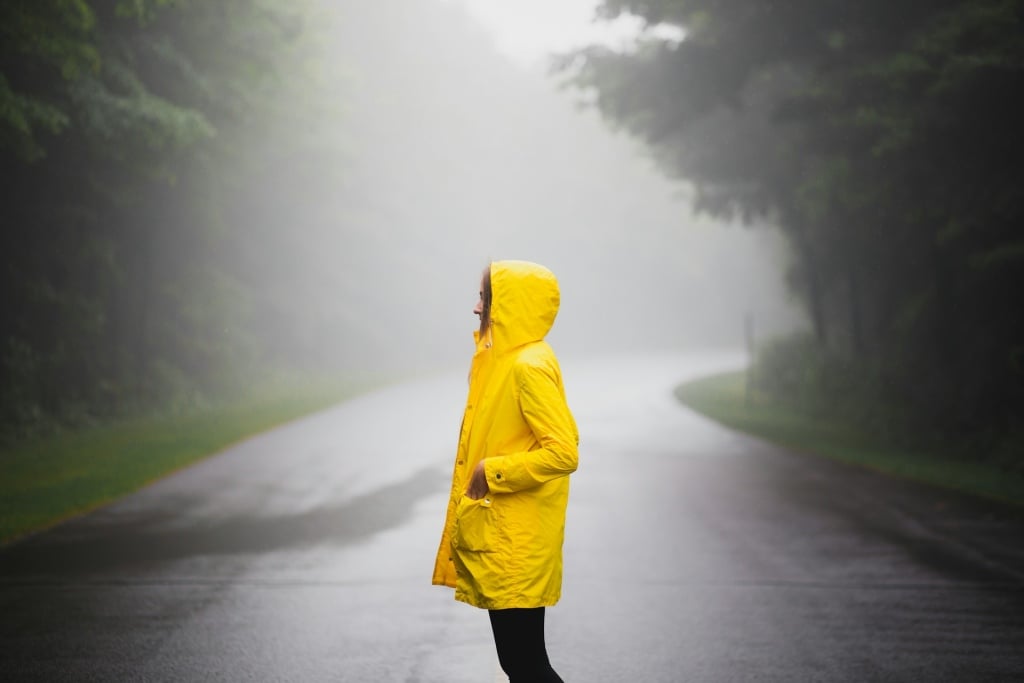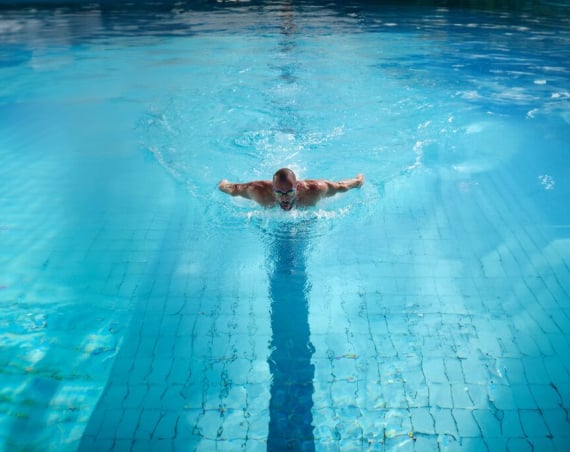Exercising outdoors in winter can be exhilarating. There’s something uniquely refreshing about working up a sweat when it’s cold. But let’s be honest: it can also be a real challenge. That’s why it’s important to choose your outdoor winter workout gear with care.
We all know the benefits of exercising outside. It’s not always easy to remember those benefits when you’re standing by your front door trying to persuade yourself out into a cold, damp, icy morning or evening.
Whether you’re a runner, walker, cyclist, golfer or racquets player, choose the right winter exercise outfit and you can set yourself up for greatness.
Firstly, winter-specific workout outfits can improve motivation and confidence – you’ll have an easier time coaxing yourself out into the cold when you know you’re wearing the right kit for the conditions.
Secondly, winter workout clothes can help with performance. It’s tricky to smash your 10k time or power through an outdoor circuit-training session when you can no longer feel all of your limbs.
And, of course, there’s the safety element. Letting your body become too cold can be detrimental to your health – and that’s before we get on to avoiding injuries from slipping, and the importance of staying visible in the dark.
Explore our guide to what to wear for winter exercise and put together your cold-weather outfit in advance. Once you’re outside, you can forget about what you’re wearing and focus on your workout. Go for it, winter warrior!
Don’t ignore the power of accessories

Let’s start small. It’s easy to overlook the difference accessories can make when you’re exercising outdoors. When you’re cold, blood is redirected to the vital organs – the core, essentially – which means your hands and feet will bear the brunt of chilly weather.
That’s why we recommend adding a pair of gloves to your winter workout wardrobe, whatever exercise you’re doing. You don’t want anything too bulky – lighter, breathable fabrics will keep your hands cosy but not unpleasantly sweaty. Look for a pair of touchscreen gloves if you’re likely to want to mix up your exercise playlist on the go. (While we’re talking about music, have you tried our 180 bpm playlist yet? It’s great for cardio motivation, particularly on a cold morning.)
Next up, think about your head. A simple baseball cap should work when it’s only mildly cold, and it’ll also help you with glare on those sunny winter days. When temperatures tumble, consider a breathable beanie – or a headband for your ears and forehead if you don’t like that full-coverage feeling as you warm up.
On sub-zero days, you might also want to add a neck warmer (also known as a neck gaiter or buff).
Finally, make sure your socks are keeping your feet warm. If you normally wear a low-cut style, consider ankle- or calf-length to avoid exposing skin to the cold weather.
Choose the right fit and fabrics – that means no to cotton

In any season, cotton clothes will absorb sweat, keeping moisture trapped against your body and lowering your temperature – and that’s definitely something you want to avoid in winter. You’re looking for fabrics that have moisture-wicking properties, such as polyester, nylon and bamboo.
Other key winter fabric terms to look out for are ‘fleece-lined’ and ‘thermal’, just so long as they’re also moisture-wicking. If you really want to gild the lily, you can also consider fabrics with extra cold-weather-protection technology, to help you retain body heat.
In cold weather, tighter-fitting workout clothes will trap heat. Even if you normally favour loose exercise clothes, it really is worth going for a closer fit in winter.
Are you particularly fond of shorts and/or workout gear with cut-outs or cropped tops? There will always be some hardy individuals who stick to their summer exercise gear, but for most, winter is the season to cover as much skin as possible when you’re outside, particularly when the temperatures fall below zero.
Layering is the key to winter workout outfits
As a general rule, you’ll need a minimum of two layers to keep warm and dry as you work out in the fresh air in winter.
Base layer
This is a long-sleeved, moisture-wicking top. If you’ve dismissed our gloves advice, try a style with thumbholes at the wrists, so you can easily pull the sleeves over your hands.
Mid-layer
The layer that gives you an extra injection of warmth. Usually a bit looser than your base layer, this can be anything from a gilet to a fleece top to a sweatshirt, depending on whether your exercise of choice is high or low intensity.
Outer layer
This is your protection from wind and rain, such as a waterproof jacket. Whatever you do, choose a breathable option. There are few things less desirable on a winter workout mission than feeling like you’re steadily marinating in your own sweat.
If you’re doing high-intensity exercise outdoors, look for a jacket you can easily remove and stow (or tie round your waist/shoulders) if you start to feel overly warm.
Think grip when it comes to footwear

Icy parks and pavements are the natural enemy of winter workouts. If you are comfortable with venturing out onto slippery surfaces, prepare for battle with shoes or walking boots that have enhanced grip. Wider soles will also help with balance.
Exercising in the snow? Look for footwear with waterproof outer layers.
In darkness, make sure you’re bright

If you’re exercising in the morning or evening, chances are that at least part of your workout will take place in the dark. This means you need to ensure you’re extra visible to both cars and pedestrians.
High-visibility clothing is good, reflective clothing is even better. It’s important to note the difference between the two.
Hi-vis is a fluorescent or very bright colour that makes you more visible in low light. Reflective clothing, as the name suggests, reflects light back to the source – such as a car’s headlights. Your winter weather clothing should have elements of both.
You can also buy inexpensive hi-vis and reflective strips that attach to your workout gear with Velcro, or choose bright, reflective accessories. Make sure you can be seen from the front and the back.
A head torch helps with visibility and can also prevent falls if you’re struggling to see the terrain ahead.
Stay warm, stay safe – and enjoy your winter workout! If you’re looking for excellent post-exercise recovery (or you want to bring some of your workouts indoors this winter), at David Lloyd Clubs we have everything you need, from saunas to treadmills – and much more. Find your local club to see what’s on offer near you.
More inspiration for your outdoor winter workout
6 reasons to go outdoor swimming
Surprising workouts you can do outdoors
Find a club



